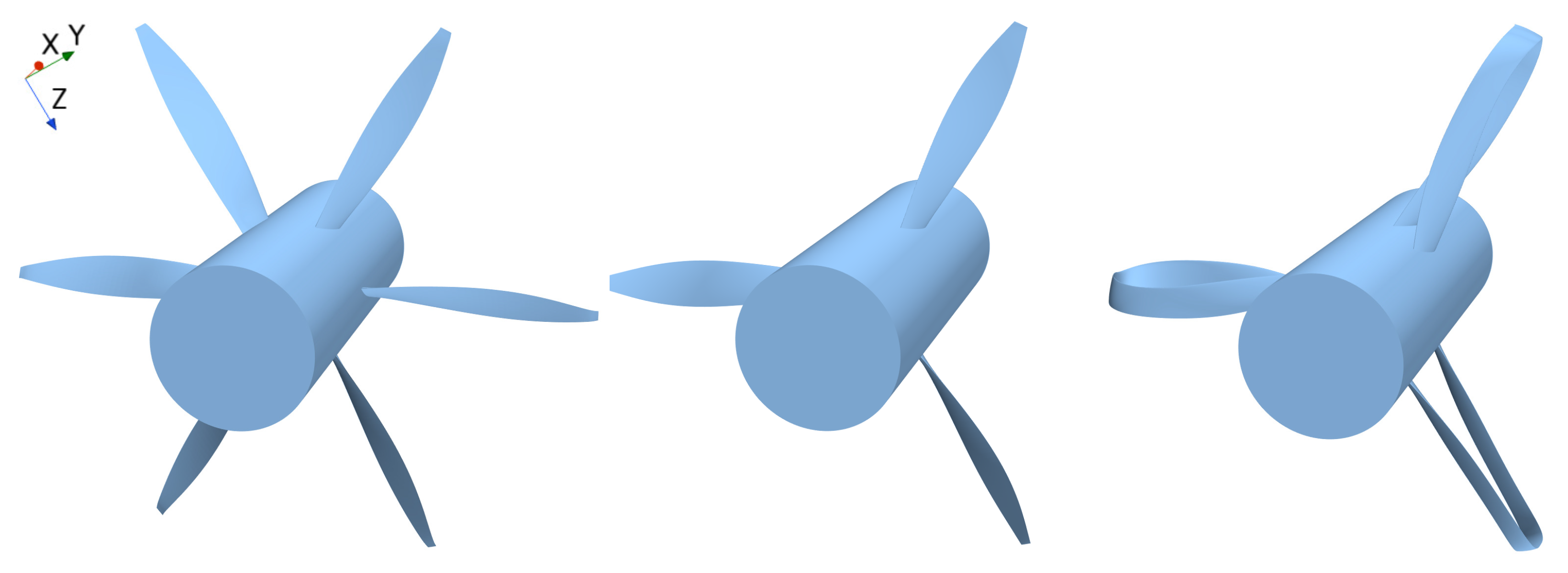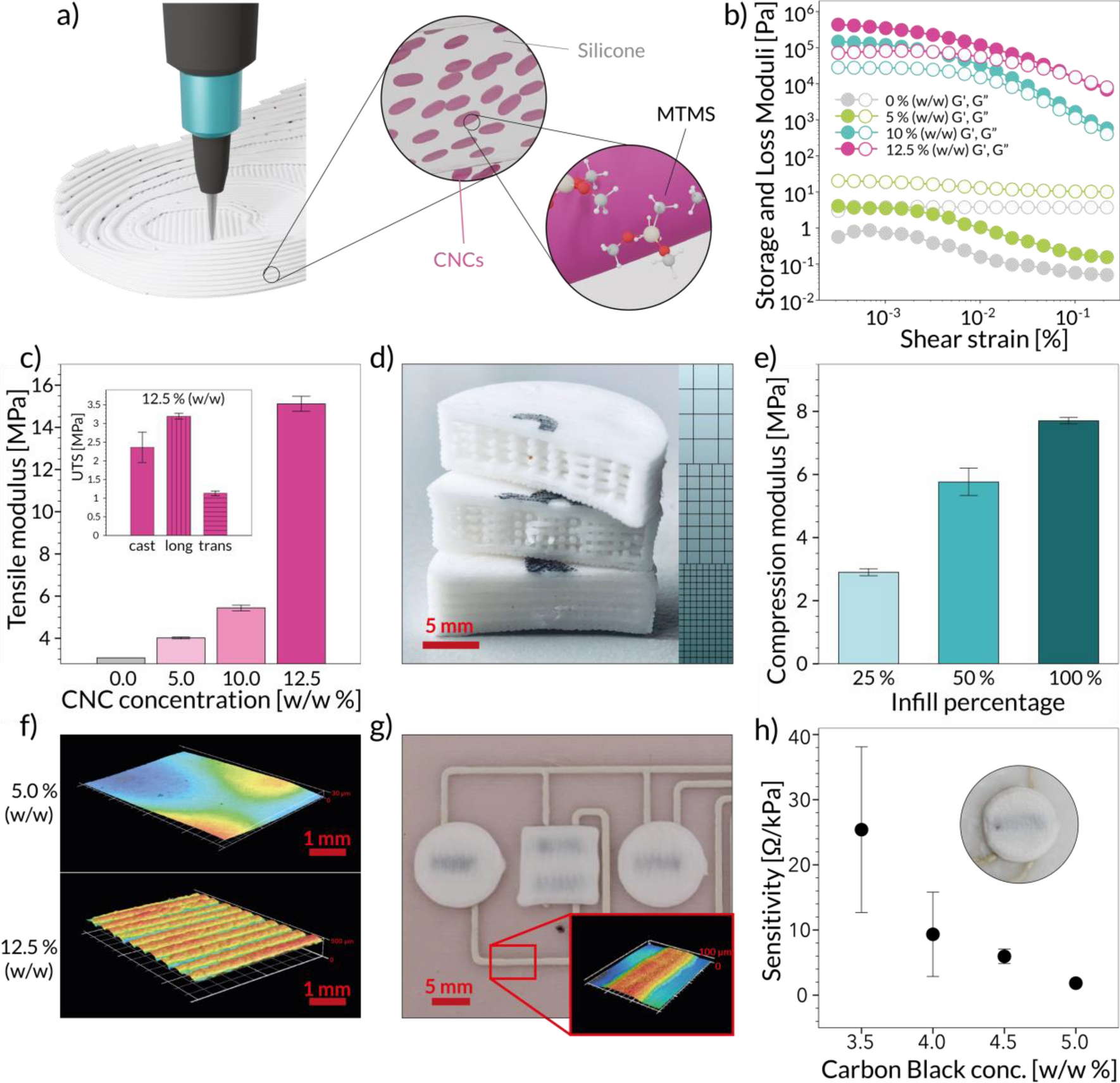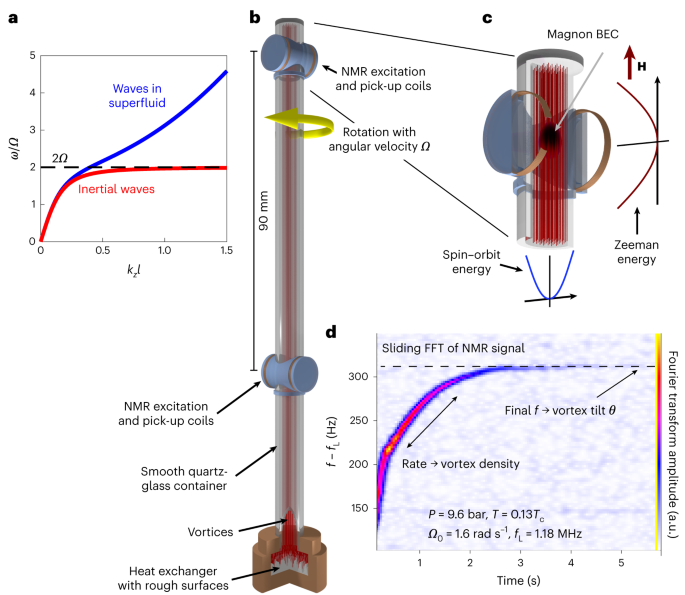2023-03-15 チャルマース工科大学
プロペラが持つ騒音を最適化することで、省エネ効率と騒音のトレードオフを解消することができるという。
彼らの最適化した6枚羽根のプロペラは、効率性と静音性を兼ね備え、3枚羽根のプロペラと比べ、ノイズ削減率は5〜8dBAであり、航空機のプロペラにおける最適化デザインの重要性を示した。
<関連情報>
- https://news.cision.com/chalmers/r/propeller-advance-paves-way-for-quiet–efficient-electric-aviation,c3731928
- https://www.mdpi.com/2226-4310/9/12/825
電気航空機用プロペラの空力設計とトレードオフした翼端渦ノイズの低減効果 Blade-Tip Vortex Noise Mitigation Traded-Off against Aerodynamic Design for Propellers of Future Electric Aircraft
Hua-Dong Yao,Zhongjie Huang,Lars Davidson,Jiqiang Niu and Zheng-Wei Chen
Aerospace Published: 15 December 2022
DOI:https://doi.org/10.3390/aerospace9120825

Abstract
We study noise generation at the blade tips of propellers designed for future electric aircraft propulsion and, furthermore, analyze the interrelationship between noise mitigation and aerodynamics improvement in terms of propeller geometric designs. Classical propellers with three or six blades and a conceptual propeller with three joined dual-blades are compared to understand the effects of blade tip vortices on the noise generation and aerodynamics. The dual blade of the conceptual propeller is constructed by joining the tips of two sub-blades. These propellers are designed to operate under the same freestream flow conditions and similar electric power consumption. The Improved Delayed Detached Eddy Simulation (IDDES) is adopted for the flow simulation to identify high-resolution time-dependent noise sources around the blade tips. The acoustic computations use a time-domain method based on the convective Ffowcs Williams–Hawkings (FW-H) equation. The thrust of the 3-blade conceptual propeller is 4% larger than the 3-blade classical propeller and 8%8% more than the 6-blade one, given that they have similar efficiencies. Blade tip vortices are found emitting broadband noise. Since the classical and conceptual 3-blade propellers have different geometries, especially at the blade tips, they introduce deviations in the vortex development. However, the differences are small regarding the broadband noise generation. As compared to the 6-blade classical propeller, both 3-blade propellers produce much larger noise. The reason is that the increased number of blades leads to the reduced strength of tip vortices. The findings indicate that the noise mitigation through the modification of the blade design and number can be traded-off by the changed aerodynamic performance.



